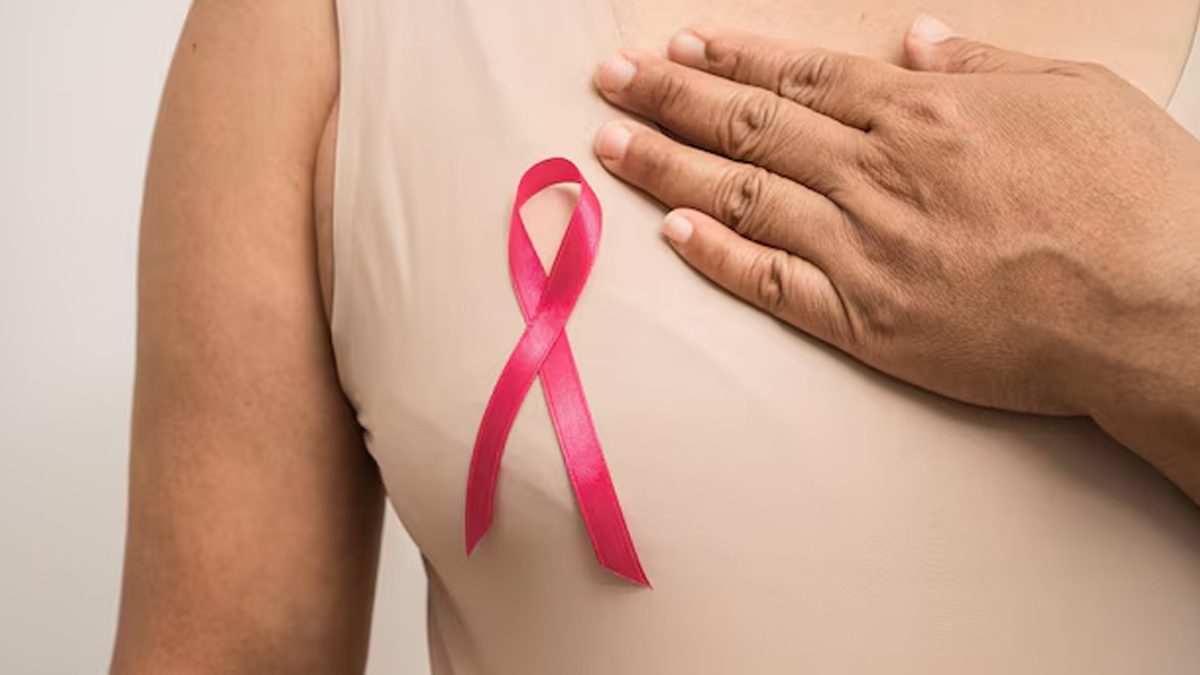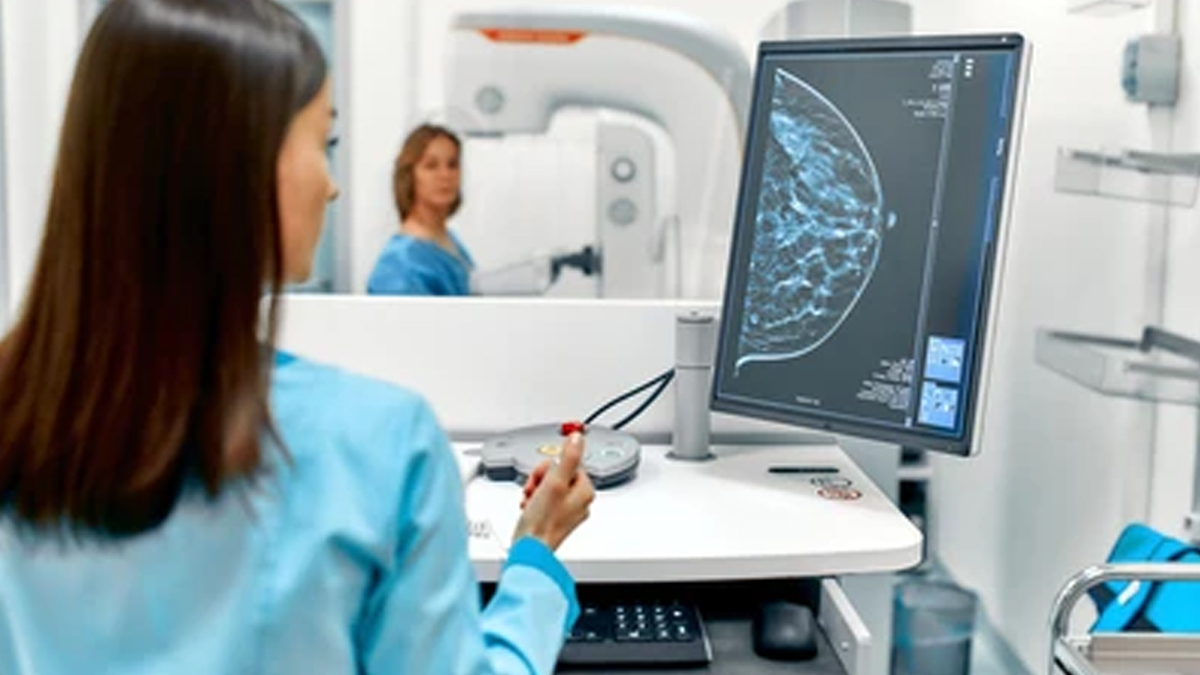
Finishing breast cancer treatment is often a time filled with hope, relief, and a sense of new beginnings. But for some, the journey does not end there. Sometimes, breast cancer can return, a condition known as recurrence. While it can feel overwhelming, knowing why it occurs, how it is treated, and what help is available can make all the difference.
Table of Content:-
In light of filmmaker and author Tahira Kashyap’s recent revelation that her breast cancer has recurred after seven years of remission, this discussion seems even more relevant. So, what exactly does recurrence mean? Why does it happen? And what are the next steps when breast cancer makes an unwelcome comeback?
We spoke to Dr Sushil Kumar, Senior Consultant - Surgical Oncology (Breast and Gynaecology Oncology), Advanced Laparoscopic Surgeon, Madhukar Rainbow Children’s Hospital, Malviya Nagar, New Delhi, who explained the cause of breast cancer recurrence and what you should know.
What is Breast Cancer Recurrence?

A recurrence happens when breast cancer returns after a period of remission, meaning there were no signs of disease following the initial treatment. There are different types:
- Local or Regional Recurrence: The cancer reappears in the breast area, chest wall, or nearby lymph nodes.
- Distant or Metastatic Recurrence: The cancer spreads to organs like the liver, bones, brain, or lungs.
Recurrence can happen months or even years after the initial diagnosis and treatment.
What Causes a Recurrence?
"Even after proper treatment, a few cancer cells may go undetected in the body. They may remain dormant for many years and then become active again. A recurrence is not an indication that the initial treatment has failed; it is just an indication of how persistent and unpredictable cancer can be," said Dr Kumar.
A study by researchers at the National University of Ireland, Galway, revealed that although the mortality rate of breast cancer has decreased as a result of progress in treatment and screening, 25-30% of patients would develop a recurrence of the disease, which could ultimately lead to death.
Also Read: Breast Cancer Survivors On Chemotherapy May Face Long-Term Health Struggles, New Study Reveals
Risk Factors For Breast Cancer Relapse
Some of the factors that can affect recurrence probability include:

- Size and stage of the initial tumour
- Involvement of lymph nodes at the time of diagnosis
- Biological tumour characteristics (hormone receptor status or HER2 status)
- Type and adequacy of previous treatments
Symptoms To Watch For
The symptoms of a recurrence depend on where the cancer comes back:
- Local symptoms: New lumps, changes in breast or chest wall skin, or nipple changes
- Regional symptoms: Swelling or lumps near the underarm or collarbone
- Distant symptoms: Ongoing bone pain, shortness of breath, chronic fatigue, weight loss, or neurological symptoms
Early detection relies on regular medical check-ups and noticing changes in your body.
Diagnosing a Recurrence
If recurrence is suspected, doctors can order various tests to verify it and identify its location, including:

- Imaging tests (mammograms, MRIs, CT scans, or PET scans)
- Biopsies to look at the tissue and re-evaluate the cancer's features
- Behaviour and markers of cancer, such as hormone receptor or HER2 status sometimes change, which can influence treatment plans.
Also Read: Decoding Lobular Breast Cancer: Expert Explains Challenges, Advances, And Unique Considerations
Treatment Options After a Recurrence
The treatment approach depends on where the cancer has come back, previous treatments received, and the patient's current overall health. Here are some of the treatment measures:

1. Surgery and radiation for localised recurrence, if feasible
2. Systemic treatment for distant metastases, including:
- Hormone therapy (especially in hormone receptor-positive tumours)
- Chemotherapy
- Targeted therapy (for HER2-positive disease)
- Immunotherapy (in some specific triple-negative breast cancer)
- Newer drugs like CDK4/6 or PARP inhibitors
- Clinical trial participation for access to advanced therapy
Each treatment plan is tailored to provide the optimal possible result while maintaining quality of life.
Dealing with the Emotional Aspect
"Learning that cancer has recurred is psychologically difficult. Many feel a sense of grief, frustration, or fear, and it's natural. Emotional well-being is as important as medical treatment. Consulting with mental health specialists, joining support groups, and relying on friends and family can offer vital comfort and perspective," said Dr Kumar.
Progress in Research Offers Hope
Medical research is advancing rapidly. We now have more precise diagnostic tools and more personalised treatments. New therapies are helping patients live longer and better, even when dealing with recurrent or metastatic breast cancer.
A Message of Encouragement
Dr Kumar concluded, "While breast cancer recurrence is challenging, it's not hopeless. There is a wide range of effective treatments that can be used, and many others go on to live active, meaningful lives following recurrence. You are not alone as your healthcare professionals and support system are here to guide you through this next journey with courage, precision, and compassion."
[Disclaimer: This article contains information provided by an expert and is for informational purposes only. Hence, we advise you to consult your professional if you are dealing with any health issue to avoid complications.]
Also watch this video
How we keep this article up to date:
We work with experts and keep a close eye on the latest in health and wellness. Whenever there is a new research or helpful information, we update our articles with accurate and useful advice.
Current Version